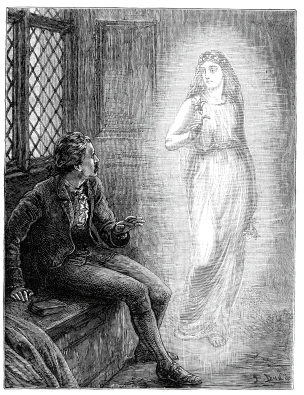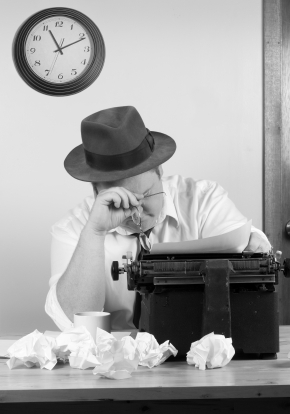Online resources, books & conferences can aid a writer's understanding of real-life P.I.s
I recently wrote a series of romantic-mysteries—The Next Right Thing, Sleepless in Las Vegas, and Hearts in Vegas—which featured private eye heroes and heroines. Because I am also a private investigator in real life, I didn’t have to research their investigative careers all that much. But even if I weren't a P.I. there are ways I could have learned some basic techniques and tools of the trade to help me write a realistic private eye or sleuth character.
Six Research Tips For Learning about PIs
(New Resources & Links Added March 2017)
Tip #1: Read books on investigations. There are hundreds of books on topics, from background investigations to identity theft to personal injury investigations. One resource for investigative books is PIstore.com. My husband and I, when we ran a private investigations agency for a decade, also wrote a nonfiction book for writers, How to Write a Dick: A Guide for Writing Fictional Sleuths from a Couple of Real-Life Sleuths, which includes presentations we gave at writers' conferences, Q&As with writers, a gumshoe glossary and much more. The newest addition to this list will be released in June 2017: Private Eye Confidential by California PI Mike Spencer. Check out Mike's blog to learn more about the book and buy links when it's available.
Tip #2: Review online magazines. There are free, online magazines that outline investigative techniques, resources and tools, such as Pursuit Magazine (my personal favorite), Fraud Magazine, and Evidence Technology Magazine.
Tip #3: Research investigation websites and blogs. Numerous private detectives write about investigative practices and case studies on their websites and blogs. For example, my private investigator-attorney husband and I co-author Guns, Gams, and Gumshoes, which has articles geared to writers as well as researchers and investigators. Other PI blogs include PI Buzz, Private Eye Confidential, and Diligentia Group. Also, check out The Art of Manliness site interview with a P.I. as part of its ongoing series "So You Want My Job" -- read it here: "So You Want My Job: Private Investigator"
Tip #4: Attend a PI conference. Some professional PI organizations sponsor conferences that are open to the public. Here you can network with other PIs, attend seminars, visit vendor booths that sell surveillance and other types of investigative equipment as well as manuals (I still use a telephone-book-thick manual on investigating personal injury cases that cost me $125.00 and is worth every penny -- other manuals are typically much less). PI Magazine lists upcoming conferences on its online site.
Tip #5: Register for a PI course. There are numerous online classes and local workshops geared to those interested in becoming private investigators. These classes are typically open to the public and cover such topics as basic investigative tools and techniques, how to research public records, and the legalities of the profession. For example, Colorado private investigator Rick Johnson teaches a classroom course at The Private Investigators Academy of the Rockies. Topics include interview techniques, process services, as well as field exercises in surveillance. Contact your state professional private investigator association for additional recommendations to courses that offer training in private investigations (PI Magazine lists all U.S. organizations by state.)
Tip #6: Take a PI to Lunch. Many private investigators would be happy to answer a few questions about your private eye character or story over the phone, but if you’d like a longer question-and-answer session, consider inviting a P.I. to lunch. In the past, I've sometimes invited an expert, such as a fire fighter or a bailbonds person, to lunch to pick his/her brain on a specialization that I needed for a story. It’s a pleasant way to conduct an interview, it gives you an hour or more to ask questions, plus who doesn’t like a free lunch? If you need a referral to a local PI, contact your local state professional private investigator association.
All rights reserved by Colleen Collins. Any use of the content requires specific, written authority. All images in this article are either licensed by the author, who does not have the authority to forward to others, or they are copyrighted by the author.

















